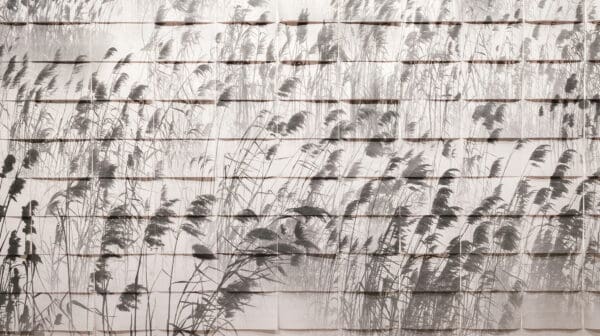
Poetics of Relation
Tender Comrade, currently on show at Sydney’s White Rabbit Gallery, creates a new vocabulary of queer kinship by reimagining the relationship between artworks, bodies and space.
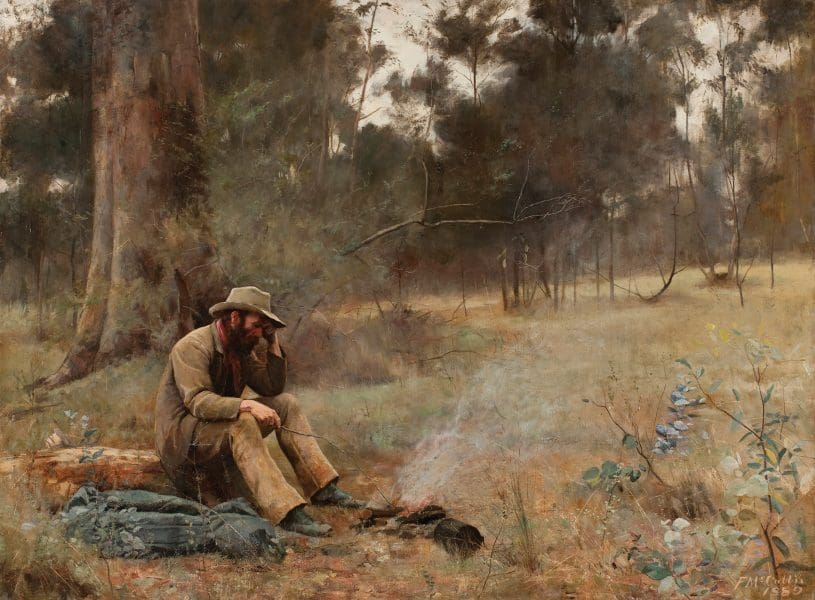
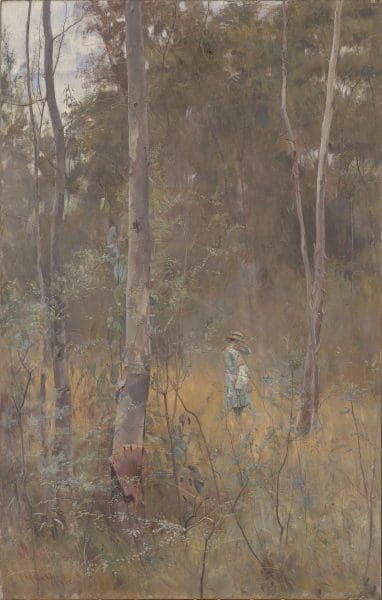


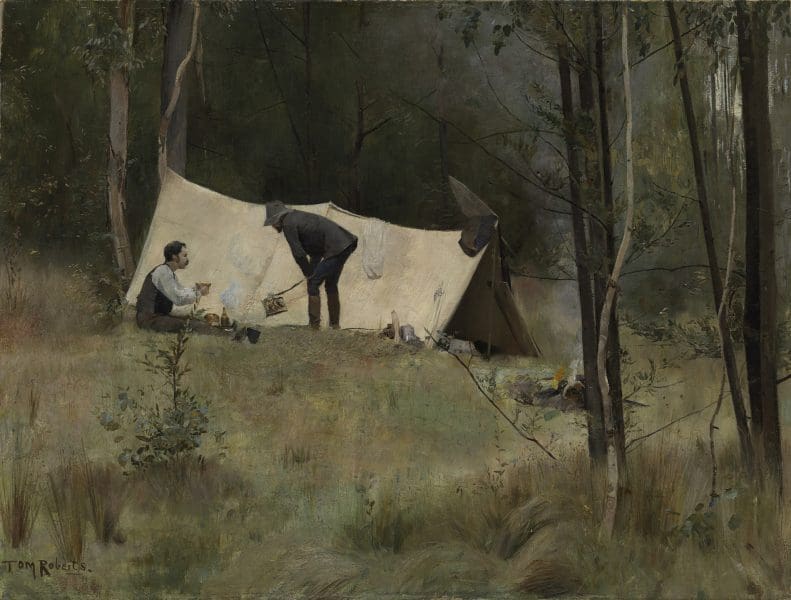
“It transcends time and cultures,” says Geelong Gallery senior curator Lisa Sullivan of the well-known, perhaps even iconic, Frederick McCubbin painting A bush burial, 1890. “The hardships of the settler experience are timeless, and for many, relatable even today.”
The painting is a centrepiece of Frederick McCubbin – Whisperings in wattle boughs, a landmark exhibition that marks 125 years of Geelong Gallery. A bush burial is joined by many other significant McCubbin works, including Down on his luck, 1889, and The pioneer, 1904, and these works tie into a theme that loosely defines the exhibition. Although Whisperings in wattle boughs does include portraits—most notably of McCubbin’s wife and son—there is particular emphasis on his much-celebrated treatment of the bush: its symbolism, its mystery, its beauty and its dangers.
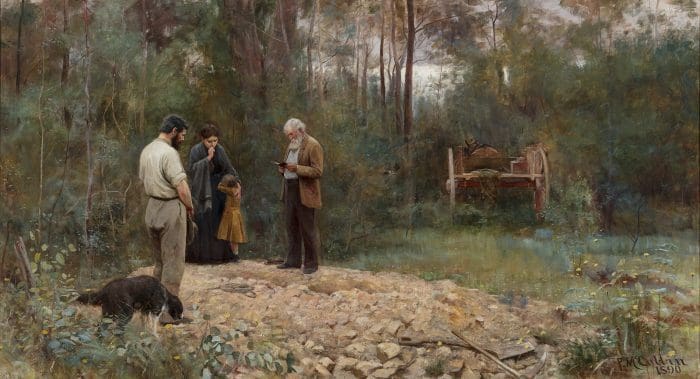
“The selection of works seeks to show the diversity of approaches McCubbin took to depictions of the bush,” says Sullivan, “from early works where the compositions are framed in such a way that the viewer is closely drawn into the bush environment, to the bush as a setting for big national narratives, to later works in which McCubbin’s technical focus shifts to the effects of light within the landscape.”
Sullivan, it should be noted, is conscious of the problematic nature of the pioneering, colonial project when viewed through today’s eyes. With this in mind, Geelong Gallery is also hosting a group show that contemplates McCubbin in different ways.
“It’s over a century since McCubbin’s pioneering subjects were painted, and our ideas of nationhood have evolved,” Sullivan says. “McCubbin’s works tell one story, and it is important to reflect that there are many others.” Featuring a range of contemporary artists, the complementary exhibition, Exhume the grave – McCubbin and contemporary art, responds to McCubbin’s key paintings from First Nations, immigrant and feminist perspectives.
Frederick McCubbin – Whisperings in wattle boughs
Geelong Gallery
4 September—28 November
Geelong Gallery is currently open, however we recommend checking the gallery website prior to visiting.
This article was originally published in the September/October 2021 print edition of Art Guide Australia.